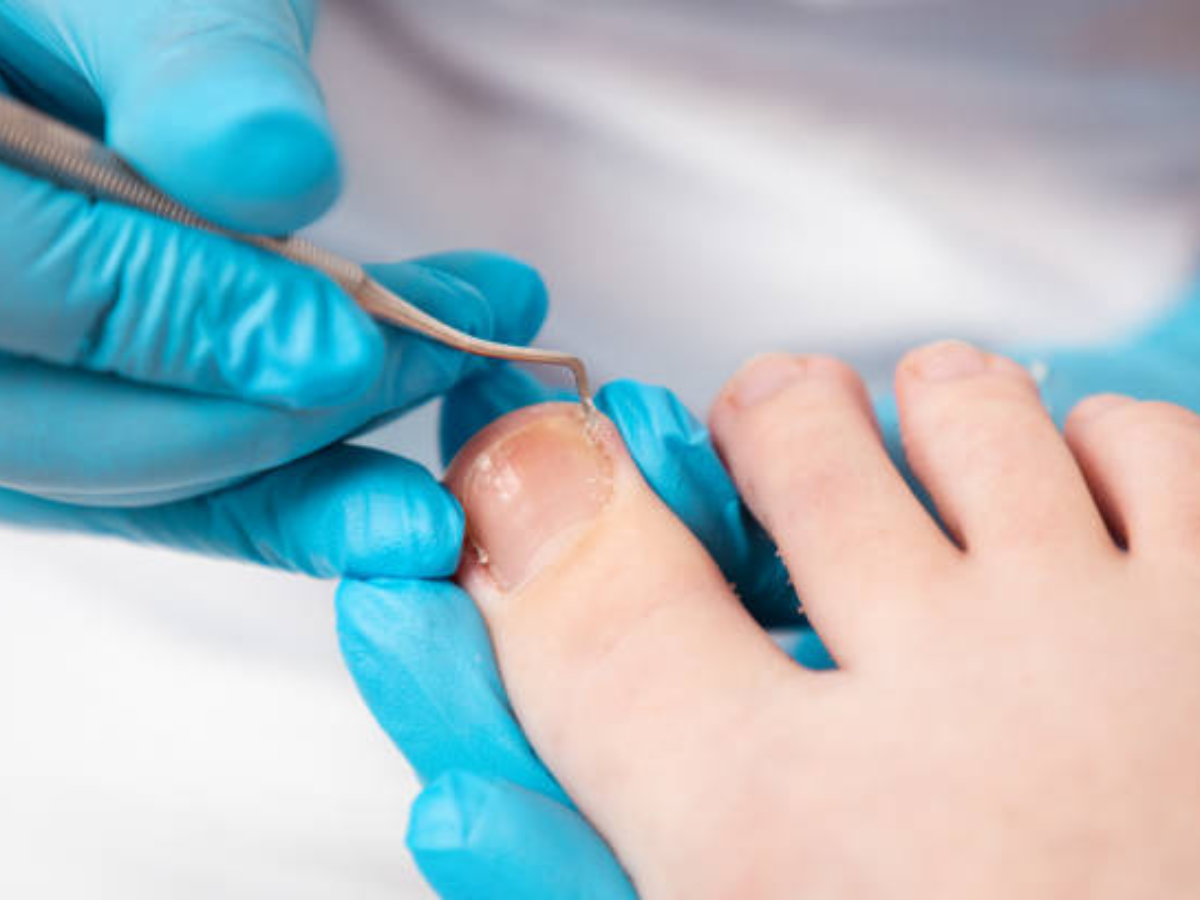Having nightmares about children's shoes?
We don't know if you've noticed, but children grow constantly!
Every year you probably find yourself buying new shoes for each child (that's if you make it a whole year) and it's not just the school shoes you have to worry about.
If your child plays sports, you probably have to buy new runners as well. If they play basketball, go to dance classes or are on a football team, you'll probably have to purchase an upgrade on specialised footwear too.
It seems never-ending, (and expensive!) But, having your child wearing suitable footwear that fits them is important and may save them from avoidable conditions affecting the foot and ankle.
We know that shoe shopping can be a nightmare. So, to ease the pain, we've put together our top tips for finding your child's perfect fit:
- If your child has orthotics, make sure you take them with you when you go to buy shoes. You can't imagine how many times orthotics are left behind, and making them fit into the new shoes after you've purchased them is never a good idea.
- Make sure you can fit one thumb width between the end of your child's longest toe and the top of the shoe. This ensures good fit with room to move. Test this while the child is standing, not sitting.
- Make sure the shoe fits at all sections of the foot - forefoot, midfoot and rearfoot. The right shoe should fit the foot comfortably without any gaps or bulging.
- Finally, organise a visit to your podiatrist before you go. That way you can be sure that they have the right orthotics (if they need them) and you know more about what your child needs to accommodate their unique foot shape. The podiatrist can also advise you on other features and merits of supportive footwear, including information on the shape and flexibility of the shoe, and which features are important for your child’s particular foot type.



